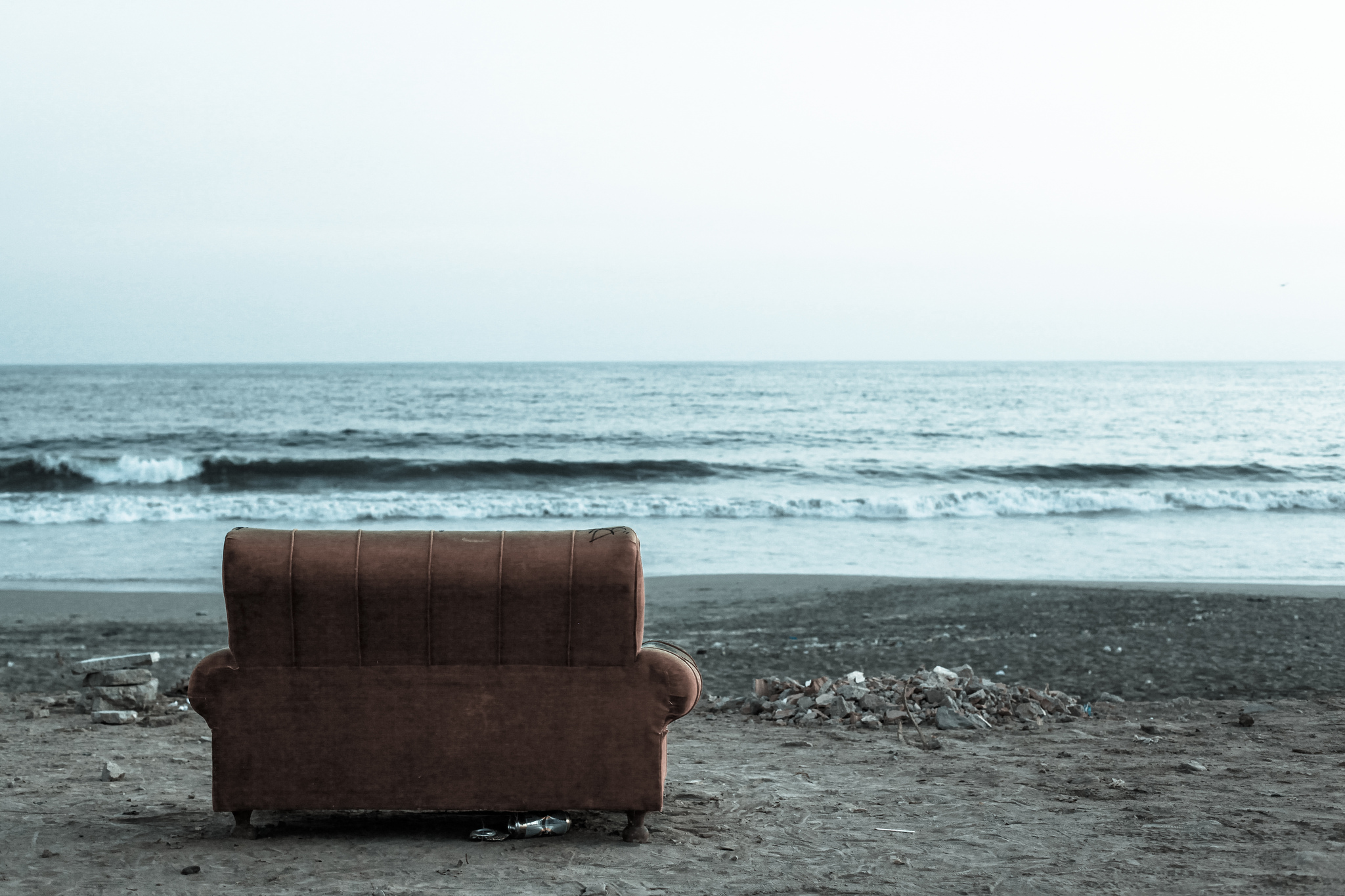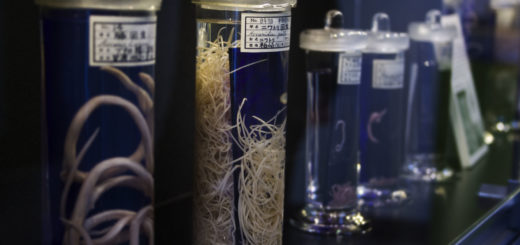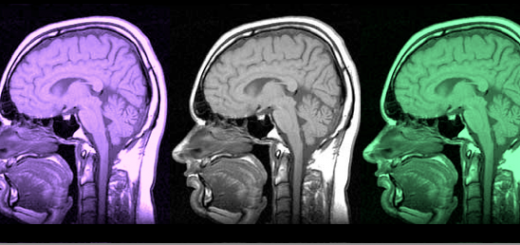The Silent Suffocation of the Sea

Oceanic dead zones have been proliferating across the globe since the 1960s, forcing aquatic animals to flee from coastal waters. Indiscriminate suffocation awaits those who are unable to escape. The source of this marine misery seeps out from the world’s cities, it’s an all too cliched situation of pollution grievously harming wildlife. We know what factors attribute to the advance of dead zones, but exactly what is a dead zone?
A dead zone in scientific jargon is a hypoxic zone: a large aquatic area that has critically low levels of oxygen. The general pattern for the creation of a dead zone is an excessive input of nutrients, known as eutrophication. Eutrophication fuels the growth of phytoplankton, microscopic plant-like organisms in the water, which eventually die out and provide a source of food for bacteria. Aerobic bacteria proliferate, consuming oxygen to the point where it is so depleted it becomes unsuitable for animal life1.
The process described above can occur naturally; however, natural eutrophication occurs over many generations and in isolated bodies of water. Creating multiple dead zones over large coastal waters within 50 years requires a more intensive input – pollution.
The two forms of pollution that lead to the creation of these dead zones are nitrogen and phosphorous. Nitrogen pollution comes from fertiliser runoff, where water washes fertiliser within soil and sewage downstream. Phosphorous pollution is exuded from our cars and is absorbed into the atmosphere, whereby it later falls into the oceans through rain. For phytoplankton these chemicals are in high demand but naturally low in supply, so whenever modern civilisation is inadvertently generous enough to give its waste for free, you end up with a dead zone2.
The most infamous of the dead zones are the coastal waters around the Mississippi delta within the Gulf of Mexico, covering a size greater than 12,000 km2. The Mississippi Delta has polluted water flowing through it (originating from multiple states), this inevitably collects in the Gulf and creates the dead zone3. Over-exploitation amplifies the damage caused by dead zones; the Bay of Bengal was regarded as a limitless source of food, but the few animals that remain after bouts of intensive fishing cannot survive suffocation – as a result, it is now a lifeless grey mass4. Furthermore, increasing water temperature can exacerbate the creation of dead zones, as oxygen is less inclined to dissolve into water under higher temperatures. It seems like this may be the death knell for marine life as a whole5.
However, we needn’t be so glum, as dead zones and how best to manage them are well described in the scientific literature. For instance, the European Union has banned the usage of phosphorous in detergents; these measures ought to stop the decline of the sea into a big pile of decaying flotsam – if not, then there are always swimming pools left to swim in6.
Edited by Richard Murchie
References
- https://www.scientificamerican.com/article/ocean-dead-zones/
- https://www.epa.gov/nutrientpollution/effects-dead-zones-and-harmful-algal-blooms
- http://www.noaanews.noaa.gov/stories2015/080415-gulf-of-mexico-dead-zone-above-average.html
- https://www.theguardian.com/environment/2017/jan/31/bay-bengal-depleted-fish-stocks-pollution-climate-change-migration
- https://news.vice.com/article/huge-dead-zones-could-appear-in-the-worlds-oceans-by-2030-because-of-climate-change
- https://www.theguardian.com/sustainable-business/proctor-gamble-remove-phosphates-laundry-soap










